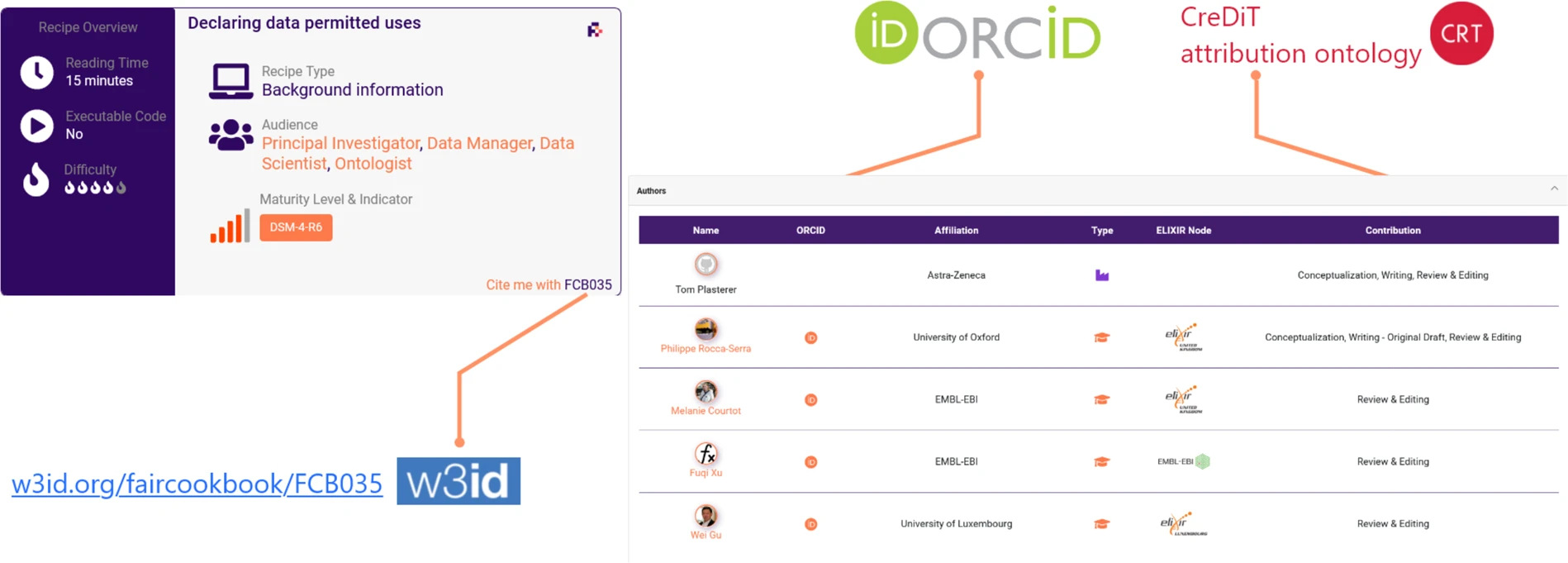-
Information Retrieval versus ChatGPT
When last week in a large (and relevant) Dutch research event ChatGPT came up, and that this was going to change the world. Even the critiques came up, but were effectively disregarded with “these methods get better very quickly”. This is not untrue, but not really true either. I murmur “not even wrong”. I know how hard it is to get computers to find meaningful patters; I did a PhD in this in the early 21st century. -

Paper: The FAIR Cookbook - the essential resource for and by FAIR doers
I think that if you want to make your knowledge FAIR, you should use an open license and RDF. Simple. Now, not everything is knowledge. A lot of data is, but a lot more is not, think raw data. Using RDF to explain a protein sequence is still something that makes me feel uneasy. -
Scholia timeline
Sometimes I think back about how Scholia started, and then I think I remember a Twitter discussion. Twitter was a social platform that was unable to fight hate speech. I left it last year in favor of Mastodon. -
Wikidata script for SMILES, SMARTS, and CXSMILES depiction
In August I reported about 2D depiction of (CX)SMILES in Wikidata via linkouts (going back to 2017). Based on a script by Magnus Manske, I wrote a Wikidata gadget that uses the same CDK Depict (VHP4Safety mirror) to depict the 2D structure in Wikidata itself: -
_new_hue.svg.png)
s/Twitter/Mastodon/g
Yeah, it has been hard to miss it (see e.g. Should I join Mastodon? A scientists’ guide to Twitter’s rival). Twitter is experiencing some turbulence and Mastodon has become a very attractive, open source, community-driven, inclusive alternative. It’s been around since 2016 and there is some research literature about it already. I got my account in 2018, but did not start actively using it until earlier this year.

